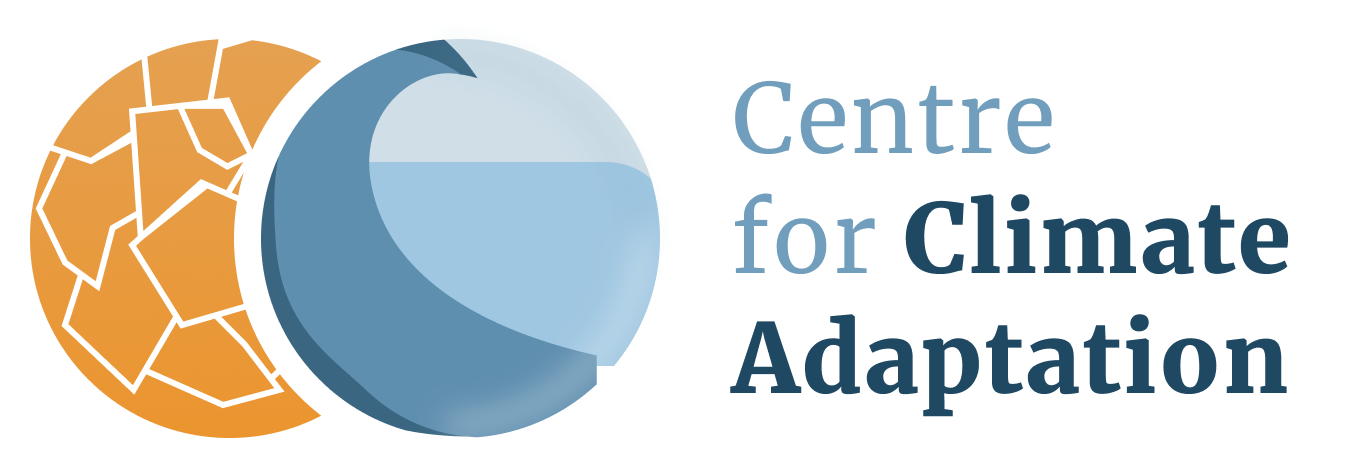Malta
Agriculture and Horticulture
Agriculture and horticulture in numbers
The current amount of agricultural land in the Maltese islands is little over 10,000 hectares (about one third of total land area) (11). The contribution of the agricultural sector to the economy is only about 2% of GDP (1).
Vulnerabilities Malta
Changing weather patterns are expected to affect fruit abundance and crop production. The largest effect is expected to be due to the predicted shortening of the rainy season. The greatest damage will result from the combination of long spells of drought and events of intense precipitation leading to soil erosion, soil structural and composition damage, soil water clogging, increased nutrient leaching and direct damage to both crops and infrastructure, such as greenhouses. Soils will be eroded both in quantity and quality. To mitigate these effects, farmers will have to adopt new techniques in soil and water conservation (1,11).
Increased moisture stress and drought are major concerns for both irrigated and non-irrigated crops on Malta. The potential longer growing seasons, higher temperatures and drought frequency would surely increase water demand (11).
Maltese soils are affected by unfavourable soil chemical status as a result of alkalinity and the calcareous nature of the soils, soil salinity, unfavourable soil physical characteristics, shallow depth to bedrock, low soil organic matter, and high soil stoniness. Maltese soils are vulnerable to erosion by wind and water run-off. Human reaction to this harsh and demanding environment was to resort to the typical terrace landscape to capture and reduce soil and water loss, thus increasing the capacity of husbandry (11).
A reduction in soil water availability due to the expected increased temperature will lead to problems of increased soil salinity and alkalinity, to aridity and an accelerated desertification process. Changes in global and local agricultural patterns are thus expected, resulting in the abandonment of agricultural land and further soil erosion. This situation is exacerbated by the likely increased frequency of extreme events with heavy spells of rainfall (1).
On the island of Gozo the majority of both the crop cultivation farmers and the livestock farmers stated that their current productivity has decreased compared to that of previous years, the latter due to increased heat stress on their livestock (9). Since in Gozo crop cultivation farmers mainly use non-irrigated arable land, the efficient use of water for irrigation is already ingrained within their current practices (10). However, in view of its scarcity, a more effective use of water for irrigation, including its harvesting from rainwater, would be highly relevant to parts of irrigated agricultural land in Gozo (9). One detrimental factor resulting from the perceived drier, warmer and calmer environmental conditions is the rise of insect-borne diseases. Locally important crops such as tomatoes, lettuce and cabbages as well as citrus fruits are being adversely affected by the spread of crop diseases (9).
Vulnerabilities Europe - Climate change not main driver
Socio-economic factors and technological developments
Climate change is only one driver among many that will shape agriculture and rural areas in future decades. Socio-economic factors and technological developments will need to be considered alongside agro-climatic changes to determine future trends in the sector (2).
From research it was concluded that socio-economic assumptions have a much greater effect on the scenario results of future changes in agricultural production and land use then the climate scenarios (3).
The European population is expected to decline by about 8% over the period from 2000 to 2030 (4).
Scenarios on future changes in agriculture largely depend on assumptions about technological development for future agricultural land use in Europe (3). It has been estimated that changes in the productivity of food crops in Europe over the period 1961–1990 were strongest related to technology development and that effects of climate change were relatively small. For the period till 2080 an increase in crop productivity for Europe has been estimated between 25% and 163%, of which between 20% and 143% is due to technological development and 5-20% is due to climate change and CO2 fertilisation. The contribution of climate change just by itself is approximately a minor 1% (5).
Care should be taken, however, in drawing firm conclusions from the apparent lack of sensitivity of agricultural land use to climate change. At the regional scale there are winners and losers (in terms of yield changes), but these tend to cancel each other out when aggregated to the whole of Europe (3).
Future changes in land use
If technology continues to progress at current rates then the area of agricultural land would need to decline substantially. Such declines will not occur if there is a correspondingly large increase in the demand for agricultural goods, or if political decisions are taken either to reduce crop productivity through policies that encourage extensification or to accept widespread overproduction (3).
Cropland and grassland areas (for the production of food and fibre) may decline by as much as 50% of current areas for some scenarios. Such declines in production areas would result in large parts of Europe becoming surplus to the requirement of food and fibre production (3). Over the shorter term (up to 2030) changes in agricultural land area may be small (6).
Although it is difficult to anticipate how this land would be used in the future, it seems that continued urban expansion, recreational areas (such as for horse riding) and forest land use would all be likely to take up at least some of the surplus. Furthermore, whilst the substitution of food production by energy production was considered in these scenarios, surplus land would provide further opportunities for the cultivation of bioenergy crops (3).
Europe is a major producer of biodiesel, accounting for 90% of the total production worldwide (7). In the Biofuels Progress Report (8), it is estimated that in 2020, the total area of arable land required for biofuel production will be between 7.6 million and 18.3 million hectares, equivalent to approximately 8% and 19% respectively of total arable land in 2005.
The agricultural area of Europe has already diminished by about 13% in the 40 years since 1960 (3).
Adaptation strategies
The following measures and policies have been proposed as an integral part of the National Action Plan (1):
- Adaptation and diversification of crop species through selection of drought tolerant varieties, introduction of salt tolerant crop varieties and by making wider use of greenhouse controlled cultivation;
- Improvement of systems for rainwater collection and storage to sustain crop production during dry spells, development of more efficient irrigation systems and use of water demand forecasts and reservoir analysis for the agriculture sector;
- Development of a code of good practice for agriculture that focuses on optimisation of water resources, efficient irrigation techniques, efficient application of fertilisers, on-site composting and utilisation and use of treated effluent;
- Reduction of soil erosion through the practice of minimum tillage, stubble crop retention, construction of windbreaks and rubble wall maintenance;
- Employment of soil improvement techniques, such as the addition of compost, to control salinity and to improve water retention, together with the adoption of xeriscaping for embellishment;
- Afforestation, particularly of abandoned land, with the introduction of drought tolerant and heat resistant tree species;
- Combating inundation, loss/degradation of land and coastal erosion resulting from sea level rise by building/adapting adequate protective structures;
- Protection of special biota, habitats and biodiversity from sea level rise by facilitating natural landward migration of shore zone patterns.
Maltese livestock farmers are willing to adapt by investing in new machinery including ventilation and sprinkler systems, as well as facilities that could reduce heat stress on their livestock (such as better shading and improved aeration). The most preferred adaptation measure highlighted by crop cultivation farmers included the use of effective heat-, drought- and pest-tolerant crops (9).
References
The references below are cited in full in a separate map 'References'. Please click here if you are looking for the full references for Malta.
- Republic of Malta, Ministry for Rural Affairs and the Environment and the University of Malta (2004)
- EEA, JRC and WHO (2008)
- Rounsevell et al. (2005)
- UN (2004), in: Alcamo et al. (2007)
- Ewert et al. (2005), in: Alcamo et al. (2007)
- Van Meijl et al. (2006), in: Alcamo et al. (2007)
- JNCC (2007), in: Anderson (ed.) (2007)
- European Commission (2006), in: Anderson (ed.) (2007)
- Galdies et al. (2016)
- NSO (2015), in: Galdies et al. (2016)
- Climate Change Committee for Adaptation, Malta (2010)




